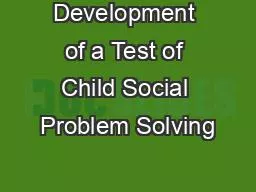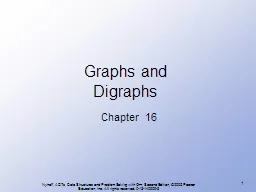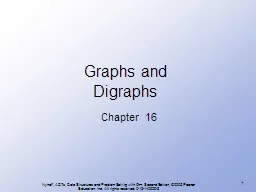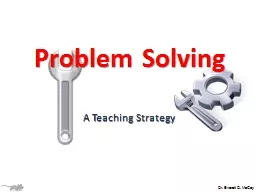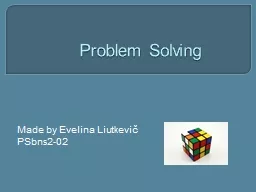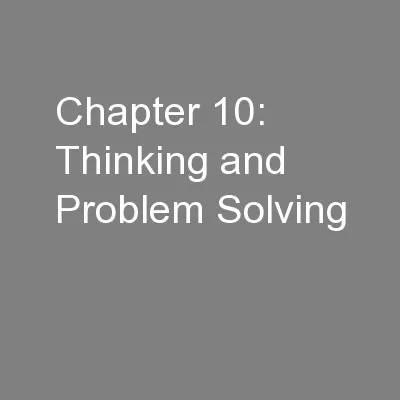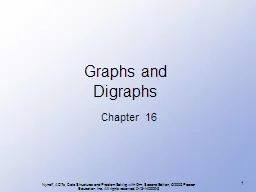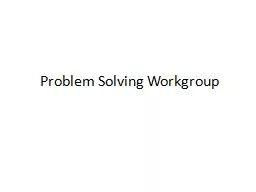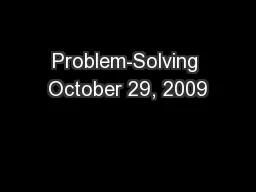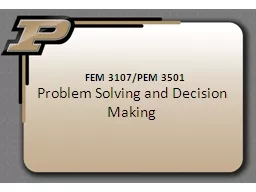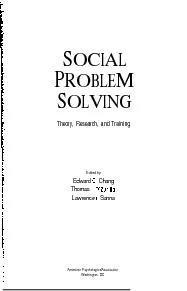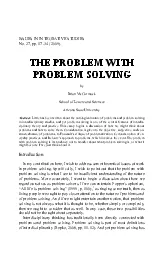PPT-Development of a Test of Child Social Problem Solving
Author : collectmcdonalds | Published Date : 2020-08-27
Jessica Bibby Department of Psychology Bangor University Social Problem Solving SPS A decision making process that achieves the resolution of social conflicts between
Presentation Embed Code
Download Presentation
Download Presentation The PPT/PDF document "Development of a Test of Child Social Pr..." is the property of its rightful owner. Permission is granted to download and print the materials on this website for personal, non-commercial use only, and to display it on your personal computer provided you do not modify the materials and that you retain all copyright notices contained in the materials. By downloading content from our website, you accept the terms of this agreement.
Development of a Test of Child Social Problem Solving: Transcript
Download Rules Of Document
"Development of a Test of Child Social Problem Solving"The content belongs to its owner. You may download and print it for personal use, without modification, and keep all copyright notices. By downloading, you agree to these terms.
Related Documents

